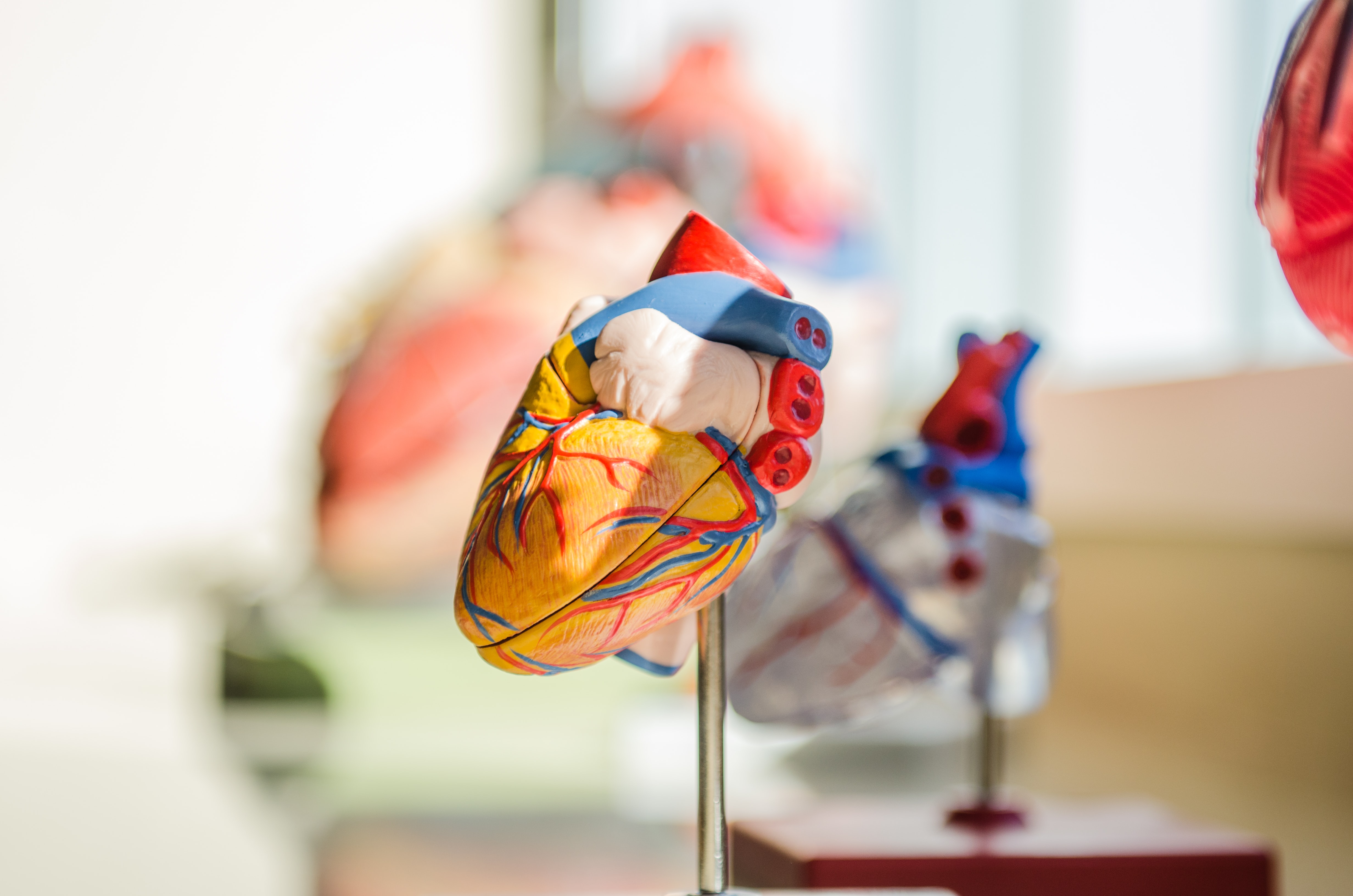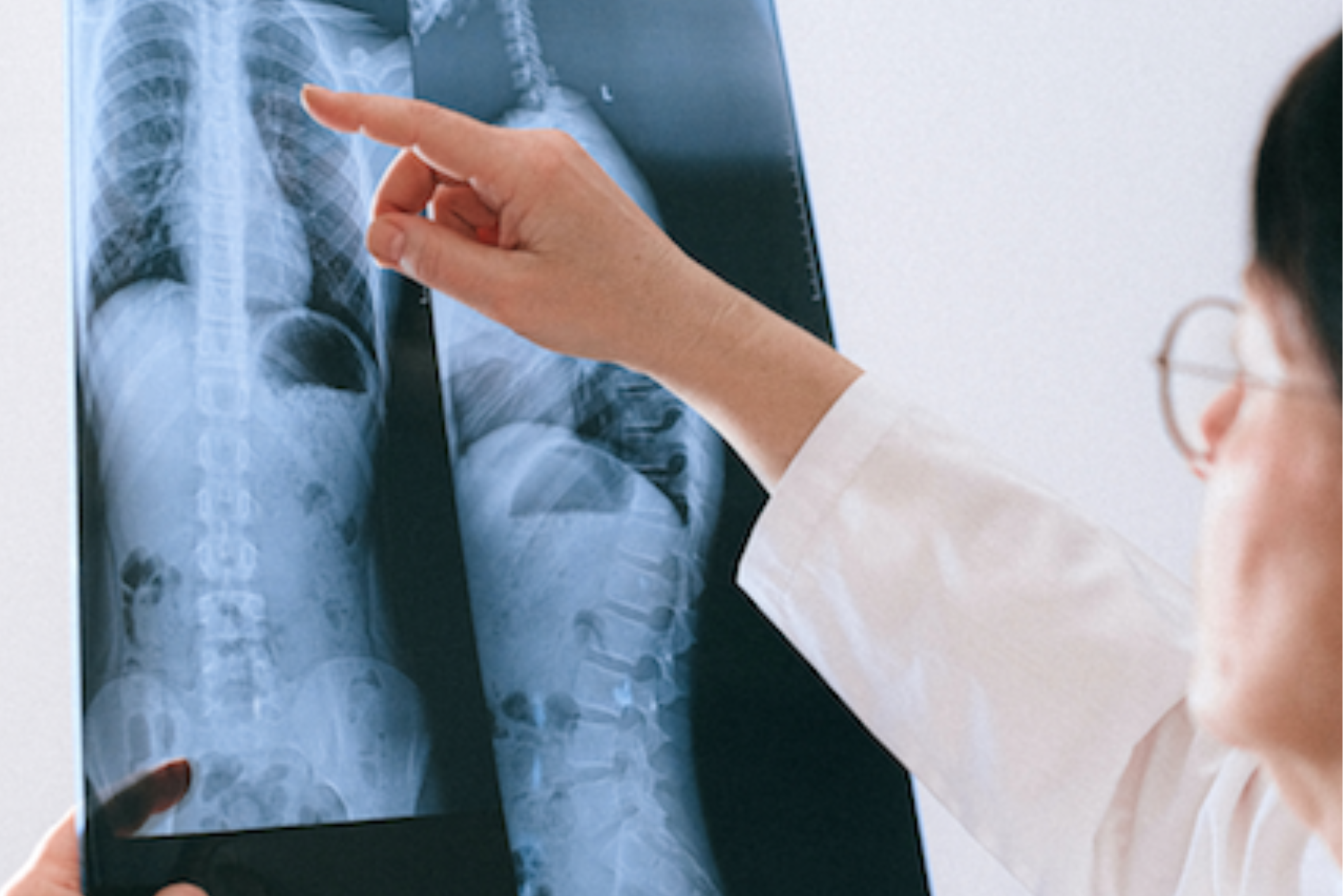This article has been verified medically by Dr Lim Chong Hee, consultant cardiothoracic surgeon at Surgi-TEN Specialists, Farrer Park Hospital (Singapore).
About the Doctor
Heart failure treatment. Heart failure is a chronic condition where the muscle in the heart wall weakens and is not able to pump as well as it should to supply blood and nutrients to the body. Symptoms such as fatigue, shortness of breath, swelling in the feet, ankles, legs or abdomen, nausea, loss of appetite and weight gain will surface as the heart’s pumping function continues to deteriorate.
Follow us on Telegram for the latest updates: https://t.me/AsiaMDsg
Although heart failure cannot be cured, lifelong treatment is necessary to manage the condition so that the patient can continue to live a normal, healthy life.
Treatment options
There are various treatment options available to manage the symptoms of heart failure. These include:
- Lifestyle changes – including adopting a heart-healthy diet, an exercise and fitness routine and quitting smoking
- Medication
- Implanting devices in the chest to control heart rhythm
- Surgery
In most instances, a combination of these treatment options are necessary, depending on severity and the patient’s other health conditions.
Medication
Diuretics will induce more frequent urination, to address the problem of fluid retention in the body due to heart failure. They can also help reduce fluid from the lungs and improve breathing. The doctor may also order a low fluid diet for the patient. Implanting a mechanical pump, such as a ventricular assist device (VAD), would help to strengthen heart function to pump blood to the rest of the body.
Medical devices and surgery
More invasive methods of treatment could be necessary for serious cases of heart failure.
Currently, there are two available heart assist devices which are widely used: HeartMate III and HeartWare. Both are implantable devices which are durable and are suitable for long term use as a bridge to heart transplantation, or as destination therapy.
When used as bridge-to-transplantation, VADs provide temporary support for patients while they wait for a donor heart to become available. They can also be implanted in the longer term as destination therapy for patients who are ineligible for heart transplantation.
These devices are implanted through an open-heart surgery, done either through an incision in the breast bone (sternotomy), or through two small incisions in spaces between the ribs.
Surgery
Sometimes, treating the underlying conditions of heart failure may entail surgeries. For example, if heart failure is due to coronary heart disease, a coronary angioplasty or a coronary bypass surgery may be necessary. The former uses a tiny balloon to stretch open a narrowed or blocked artery while the latter uses a blood vessel from another part of the body to bypass a narrowed or blocked artery in the heart.
If the heart failure is due to a faulty heart valve, then, the doctor will recommend surgical procedures to repair or replace the faulty heart valve.
If the patient’s heart failure is so severe that medication or surgery does not help, then, a heart transplant to replace the diseased heart with a healthy donor heart will be necessary as a last resort.












